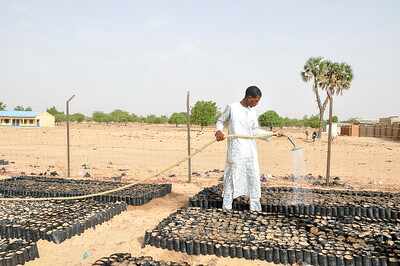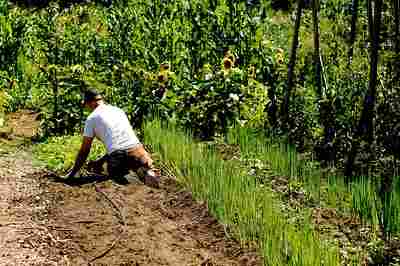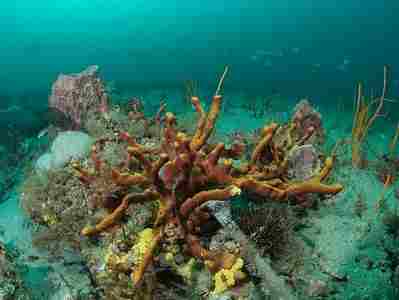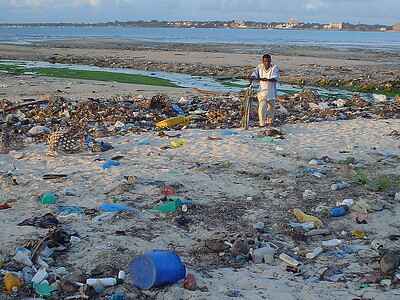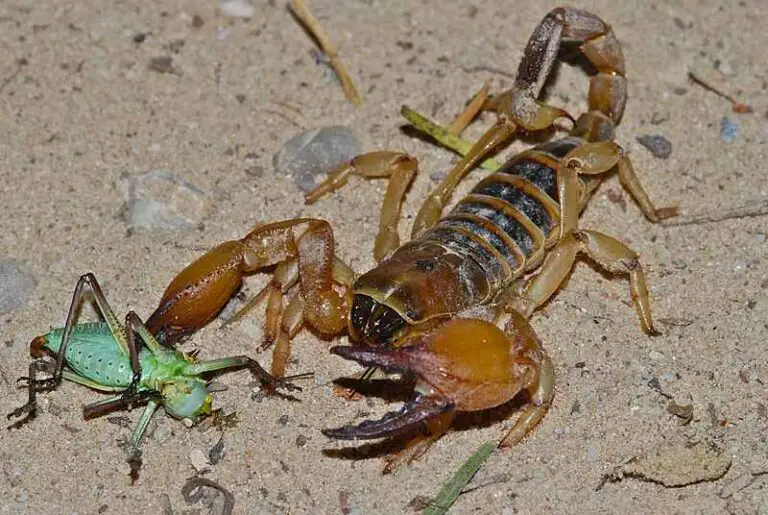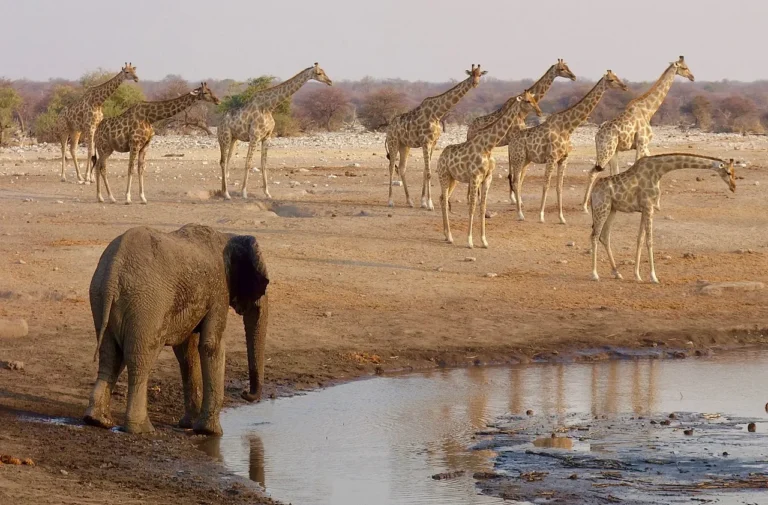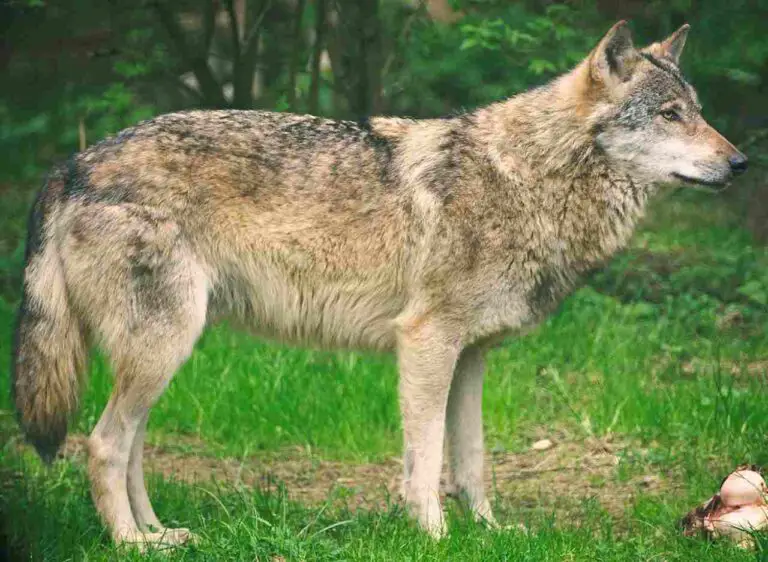3 Types of Soil Conservation Explained
Types of soil conservation are regenerative, protective and adaptive soil conservation. These are classified based on the aim and primary outcome of each type.
There is a fourth type; integrated soil conservation, although this is not one of the main types, and can be said to be of secondary importance. Integrated soil conservation is a complex approach that is created by combining two or more of the main types of soil conservation.
This article discusses the types of soil conservation and lists some methods under each type, as follows;
1). Regenerative Soil Conservation (as one of the Types of Soil Conservation)
As the name implies, regenerative soil conservation works based on the principles of regenerative farming, and aims to conserve and improve soil through natural recycling of essential resources.
These essential resources which are recycled in regenerative soil conservation include biomass, nutrients and water.
Conservation of soil is the basic goal of regenerative farming and several other sustainable farming practices and principles, including biodynamic and organic farming. This is because plant growth, water availability, farming cost, and general farm performance are ultimately dependent on the soil [4].
Another term that helps in the understanding of regenerative soil conservation is soil regeneration.
Soil regeneration is the improvement and conservation of soil resources by optimizing the trend of natural soil processes like biodegradation and carbon sequestration; so that these processes can work to improve soil health and productivity.
The above definition can also be used to describe the scope, aim and objectives of regenerative soil conservation, since these two concepts are very closely related and almost identical in all respects.
Steps to regenerate soil include organic matter supply, re-seeding, regeneration, and vegetation retention.
Regenerative soil conservation is very useful in cases where soil has degraded due to resource depletion, including cases that involve desertification and severe leaching.
Methods of soil conservation that fall under regenerative category include; reforestation, afforestation, organic fertilization and crop rotation.

Types of Soil Conservation: Regenerative Soil Conservation by Afforestation (Credit: Kayode EGBELEYE 2017 .CC0 1.0.)
2). Protective Soil Conservation
Protective soil conservation is a type of soil conservation that aims primarily at protecting soil from unfavorable environmental impacts and conditions. It is based on the combination of soil conservation and protection objectives.
Soil conservation and protection is an integrated approach whereby the ecosystem is optimized by protecting available soil resources while replenishing lost resources.
Protection of soil is a very important ecological goal, especially with respect to environmental sustainability; and can reduce the effects of erosional agents like wind and water on soil [1].
In addition to mitigating erosion, protective soil conservation can mitigate other soil-related problems like salinization and pollution.
Protecting soil is particularly essential in areas with high susceptibility to weather and climate-induced degradation. In such areas, food insecurity can be reduced or totally reversed through protective soil conservation [2].
Some methods of soil conservation which fall under the protective category are; cover cropping, windbreak utilization, contour farming, buffer strip-cultivation and terrace farming.

Types of Soil Conservation: Protective Soil Conservation using Windbreaks (Credit: Nick Bramhall 2012 .CC BY-SA 2.0.)
3). Adaptive Soil Conservation (as one of the Types of Soil Conservation)
As the name implies, adaptive soil conservation aims to conserve soil resources by implementing techniques that allow the soil to adapt and thrive under the prevalent environmental conditions.
Also called adaptive management of soil, the approach is useful for preserving natural ecosystems like forests.
Adaptive soil conservation is effective when all soil-related factors in the ecosystem are taken into account; such as hydrological processes and bioenergy cycling [3].
It is similar to regenerative soil conservation in that it depends mainly on natural elements. Adaptive conservation of soil can also be used as a strategy for climate change adaptation; so that soil health and productivity can be optimized in regions where they have been adversely affected by unnatural climatic conditions.
An example of adaptive soil conservation methods is conservation tillage.
Conclusion
Types of soil conservation are;
1. Regenerative Soil Conservation
2. Protective Soil Conservation
3. Adaptive Soil Conservation
References
1). Baumhardt, R. L.; Blanco-Canqui, H. (2014). "Soil: Conservation Practices." Available at: https://doi.org/10.1016/B978-0-444-52512-3.00091-7. (Accessed 24 February 2023).
2). Lal, R. (2000). "Soil Management in the Developing Countries." Soil Science 165(1):57-72. Available at: https://doi.org/10.1097/00010694-200001000-00008. (Accessed 24 February 2023).
3). Rakshit, A.; Abhilash, P. C.; Singh, H. B.; Ghosh, S. (2017). "Adaptive Soil Management: From Theory to Practices." Springer Nature, ISBN: 978-981-10-3637-8. Available at: https://www.semanticscholar.org/paper/Adaptive-Soil-Management-%3A-From-Theory-to-Practices-Singh-Ghosh/ea3795e133c2b89c69c3130972c8133f6e93acbc. (Accessed 24 February 2023).
4). Schreefel, L.; Schulte, R. P. O.; de Boer, I. J. M.; Schrijver, A. P.; van Zanten, H. H. E. (2020). "Regenerative agriculture – the soil is the base." Global Food Security 26:100404. Available at: https://doi.org/10.1016/j.gfs.2020.100404. (Accessed 24 February 2023).
